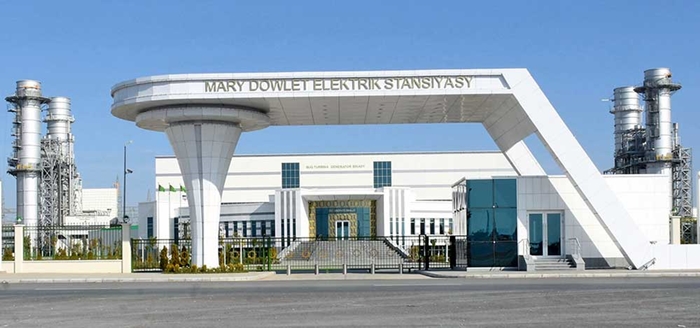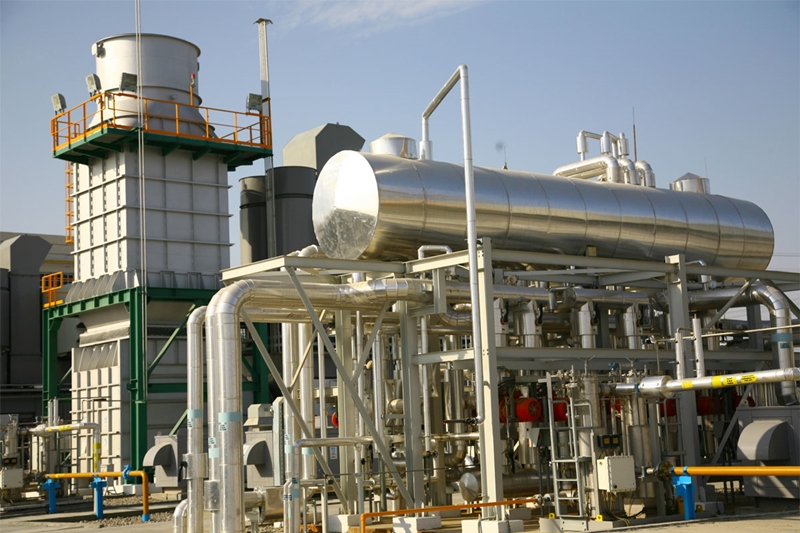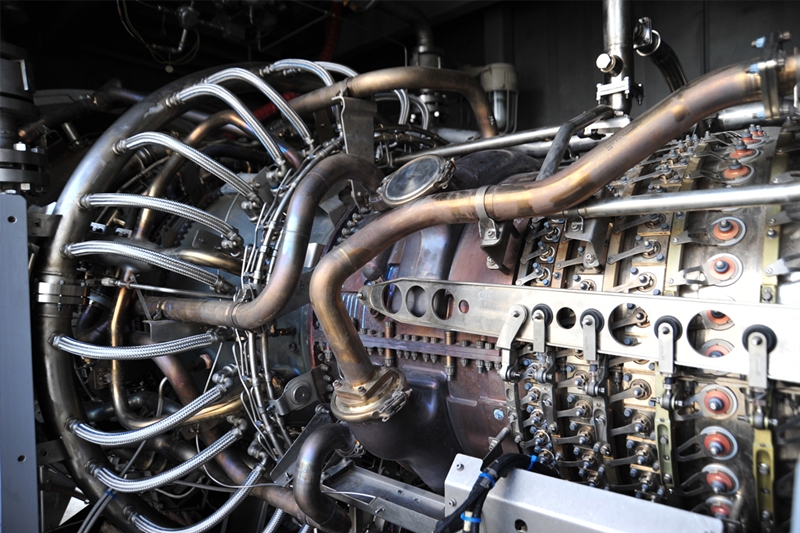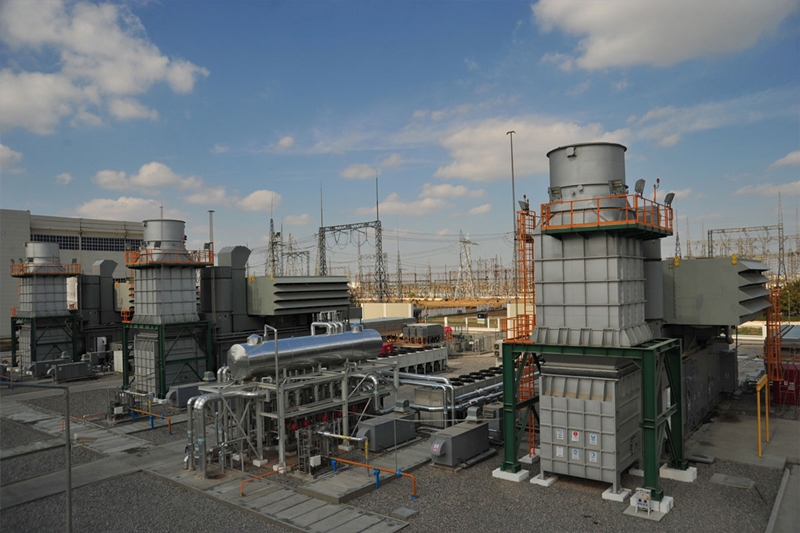Jumanazar Karadjayev, Chairman of the Council of the Energy Workers Trade Union of Turkmenistan
In his book “The Electric Power of Turkmenistan”, the National Leader of the Turkmen people, Chairman of the Halk Maslahaty of Turkmenistan Gurbanguly Berdimuhamedov notes that the Mary State power plant is the flagship of the Turkmen energy industry, the first power plant of the country.
Being the largest in Central Asia, it fully satisfied the demand for electricity in Turkmenistan and neighboring countries.
The history of the creation and development of this large basic facility of the domestic energy grid is one of the brightest pages in the history of the country’s economy. Construction began in 1969 and on 26 June 1973, that is, 50 years ago, the first power unit of the Mary Power Plant with a capacity of 210 megawatts (MW) was commissioned.
The same year, the second power unit of similar capacity was launched. Then, alternately from 1975 to 1981, four 210 MW power units were built at the station. With the commissioning of the sixth block, the first stage of the station has reached its design capacity.
Further expansion of the Mary Power Plant continued, and in 1985 the seventh power unit with a capacity of 210 MW was commissioned, and two years later – the eighth (215 MW). Thus, the total output of the station was 1,685 MW.
In 2006, Russian company Power Machines JSC, within the framework of a long-term agreement between the Governments of Turkmenistan and St. Petersburg, completed work on the modernization of one of the eight turbines at the power plant. As a result, the capacity of the reconstructed power unit grew to 225 MW.
Two installations from a well–known manufacturer, the American company General Electric, were also built on the territory power station, the first with a capacity of 146.7 megawatts was inaugurated on 17 October 2014. It is a complex of modern technological facilities. The main ones among them are three LM 6000 gas turbine units each with a capacity of almost 49 MW. Putting these installations into operation allowed to produce up to 3580000 kW/hours of electricity per day.
In September 2018, the largest high-tech combined cycle power plant in Central Asia with four gas and two steam turbines of General Electric with a capacity of 1,574 megawatts went into operation. With its commissioning, the flagship of the domestic energy industry was able to produce twice as much electricity, which allowed increasing electricity exports to foreign countries. The eco-friendliness was enhanced, since not only natural gas, but also steam was used to generate electricity.
The essence of the progressive combined cycle was that the gases formed as a result of fuel combustion first drive the main gas turbine, and then enter a special steam boiler – utilizer. Here they heat the water, turning it into steam, which is fed under high pressure to a steam turbine, forcing it to rotate together with a rotor – a current generator. Thus, an additional amount of electricity is generated. As a result, if the efficiency of a simple cycle power plant averages 34.2 percent, then with a combined cycle, the efficiency increases by more than one and a half times and is 56 percent.
The introduction of such advanced technology has created conditions for the organization of waste-free production, a significant reduction in harmful emissions into the atmosphere and the consumption of natural gas used as fuel. In five years, the emissions of combustion products – carbon dioxide – into the atmosphere has decreased by 2-3 times.
And now the expansion of the infrastructure of the power facility of regional significance continues. Currently, a 220-kilovolt transmission line is being built from the power plant to Herat (Afghanistan), from where it is possible to export electricity to neighboring Pakistan and further to other South Asian countries.
Work is also underway to increase electricity supplies along the routes Serkhetabat–Herat–Torghundi and Rabatkashan-Kalainau.
In parallel to the Turkmenistan–Afghanistan–Pakistan–India gas pipeline, a Turkmenistan–Afghanistan–Pakistan power transmission line with modern transformer substations and distribution systems is being built.
Moreover, Mary power plant has evolved into a city-forming enterprise – a town of power engineers with secondary schools and kindergartens, healthcare, culture, communications, trade, and consumer services has grown nearby. ///nCa, 23 June 2023 (abridged). The full version of the article is available in the newspaper “Neutral Turkmenistan” for 23 June 2023 [photo credit – Çalik Enerji]
#Turkmenistan, #Mary_Power_Plant, #power_energy_industry_in_Turkmenistan



